Snowmelt
A changing climate is affecting the way snowflakes form. Researchers are trying to figure out its potential impacts.
By Clarisa Diaz, Shumita Basu
February 27, 2018

(Clarisa Diaz, Jennifer Hsu/WNYC)

(Clarisa Diaz/WNYC)
Snowflake edges round when they partially melt after descending through pockets of warmer air.

(Clarisa Diaz/WNYC)
Marco Tedesco leads the Cryospheric Processes Laboratory at Columbia’s Lamont-Doherty Earth Observatory. Tedesco is a NASA GISS Adjunct Scientist.

(Clarisa Diaz/WNYC)
Marco points out pictures of snowflakes, captured by Wilson "Snowflake" Bentley in the late 1800s.
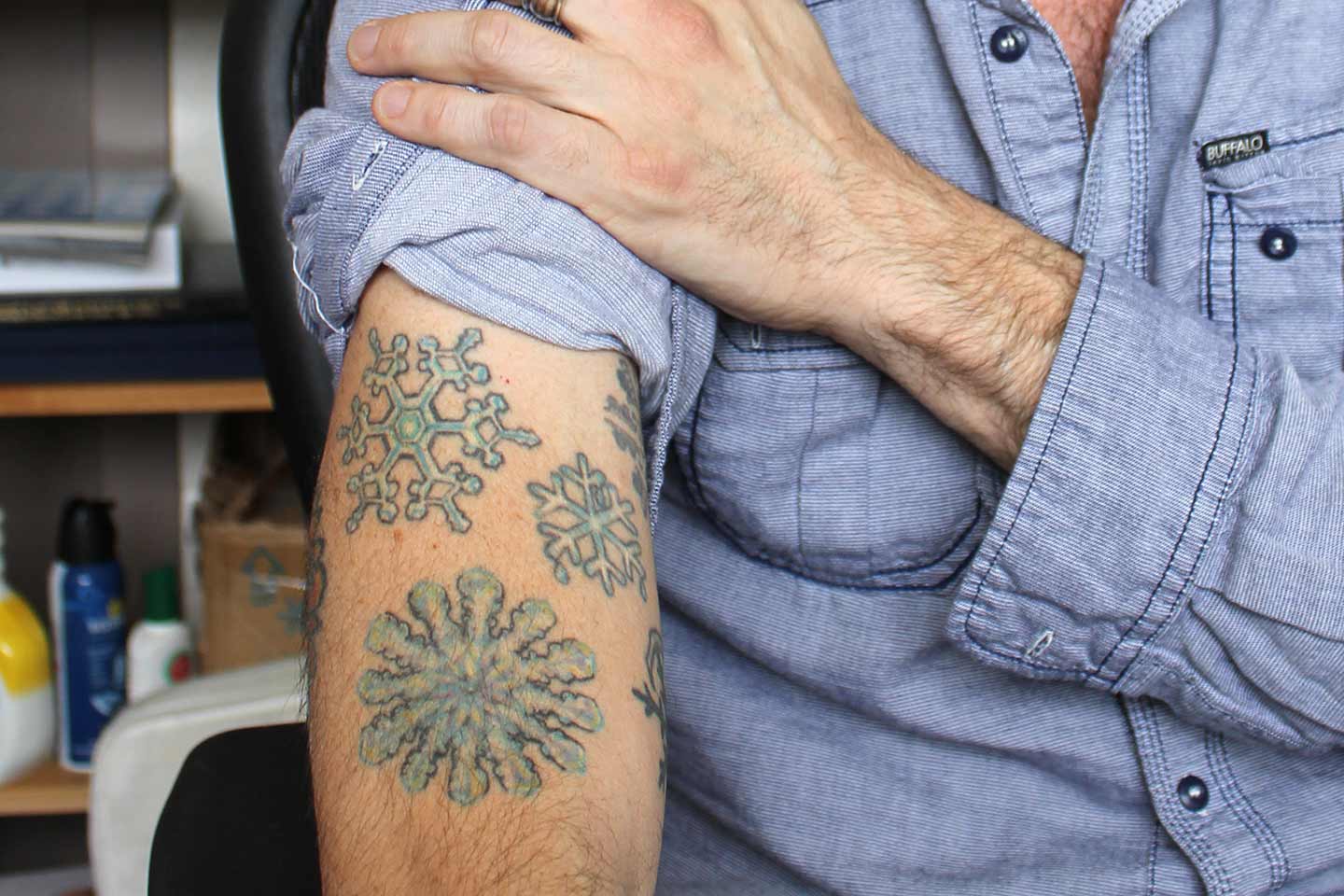
(Clarisa Diaz/WNYC)
Each of Marco Tedesco's snowflake tattoos are dedicated to someone in his life.
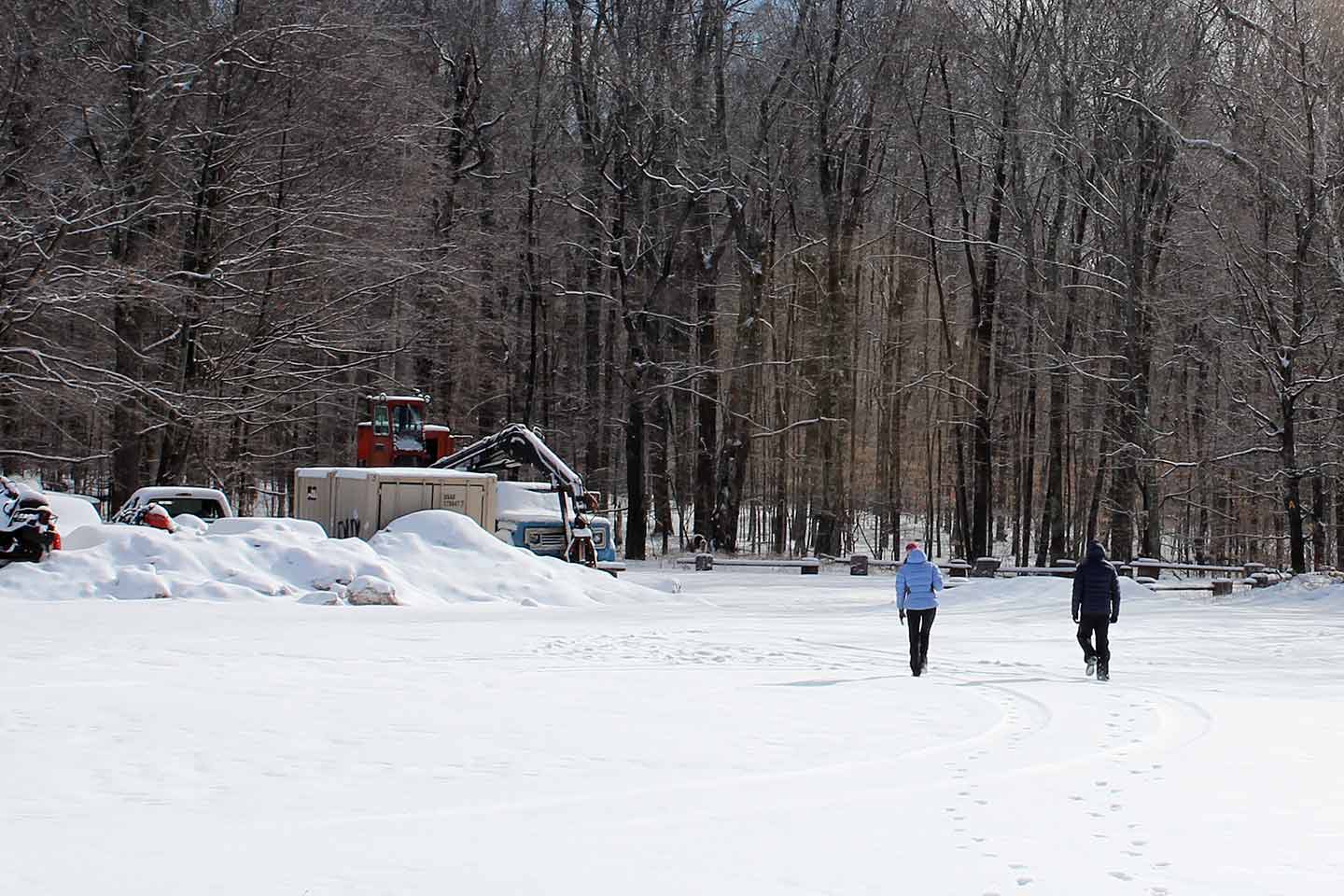
(Clarisa Diaz/WNYC)
Columbia University’s X-Snow expedition team members scout out an area to study near Phoenicia, N.Y.
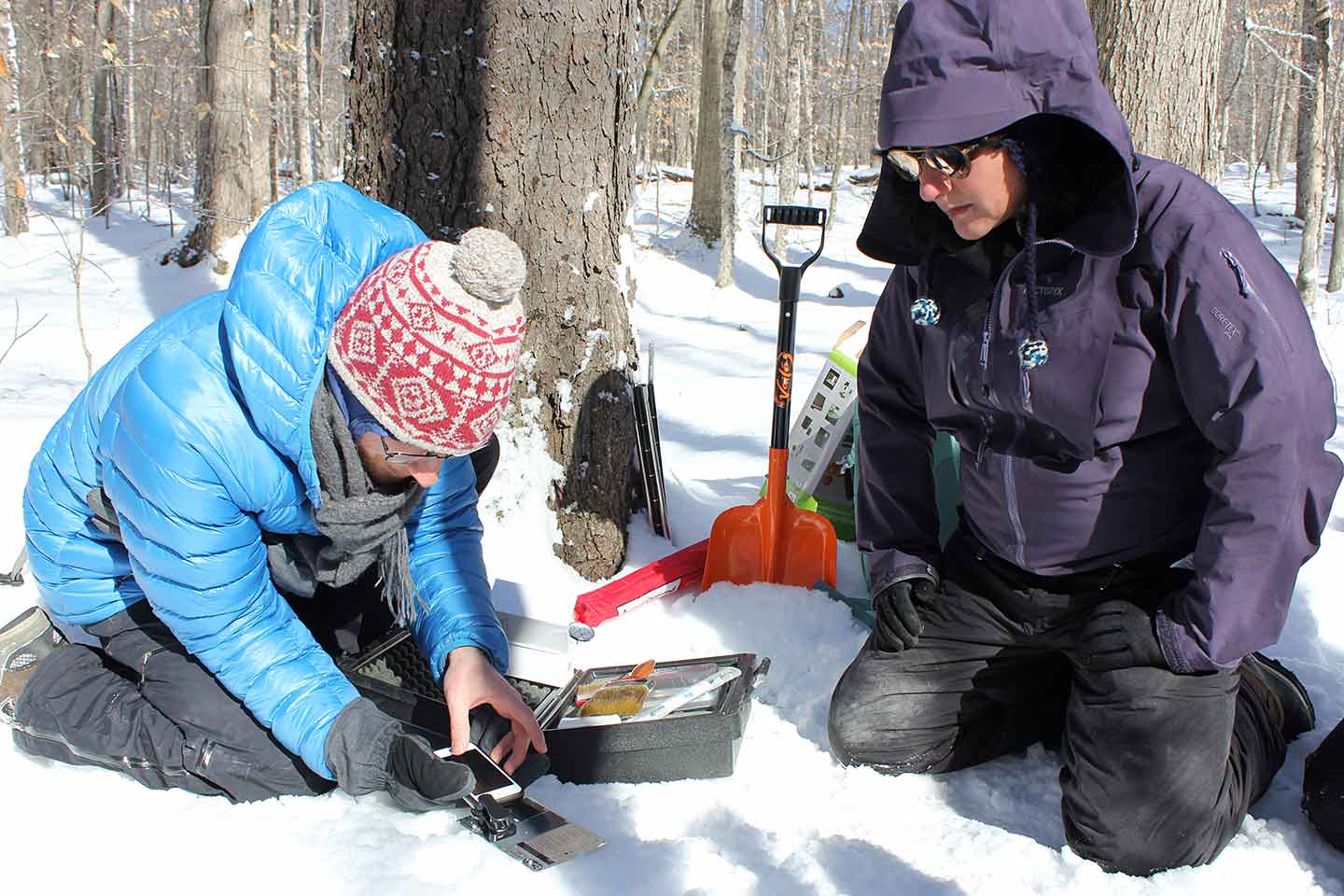
(Clarisa Diaz/WNYC)
X-Snow expedition team members Patrick Alexander, left, and Tri Datta, right, investigate snowflakes under a microscope attached to a smartphone.

(Marco Tedesco)
The WNYC Team on site in the Catskills.
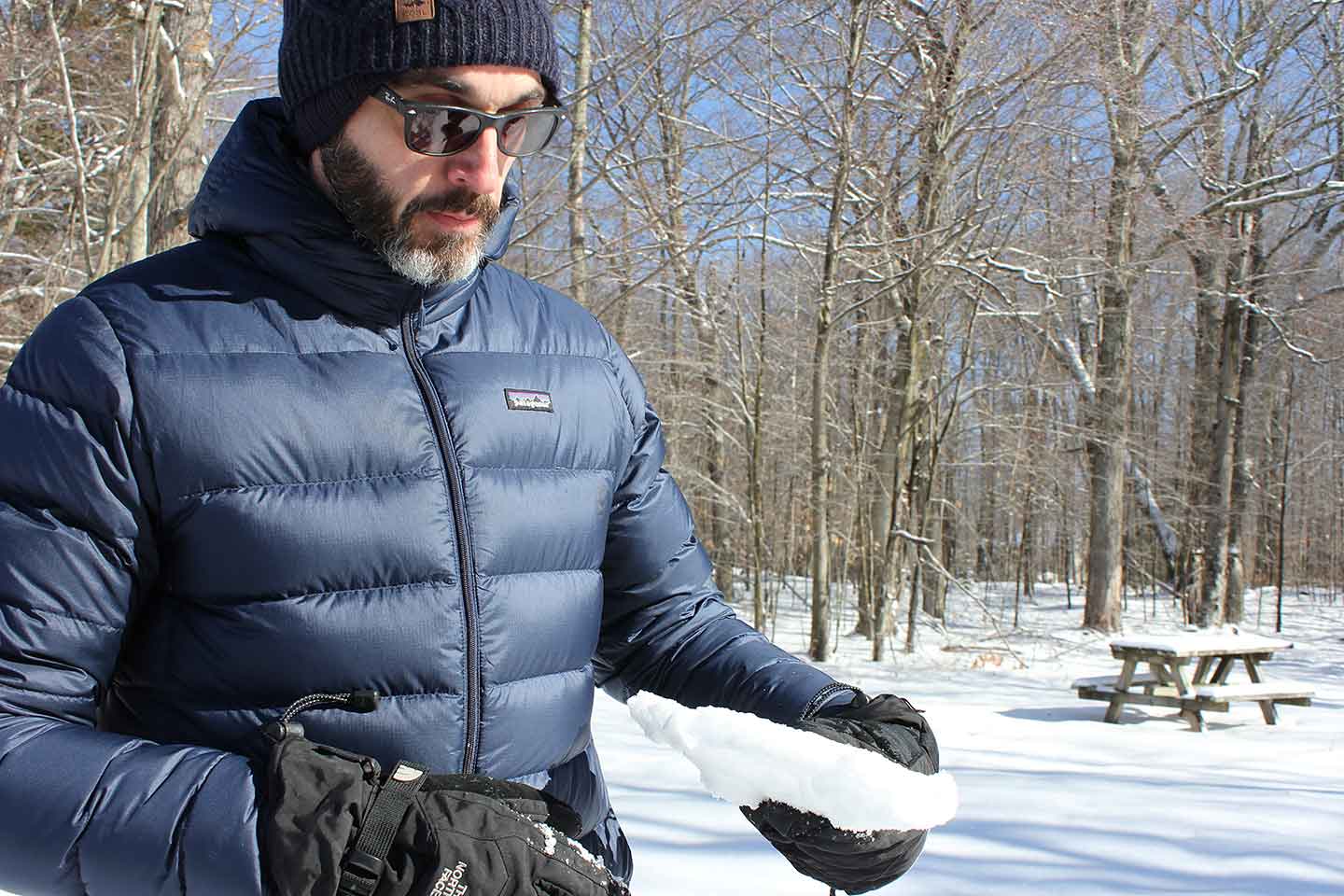
(Clarisa Diaz/WNYC)
Marco shows top layer of snow that has turned into ice.
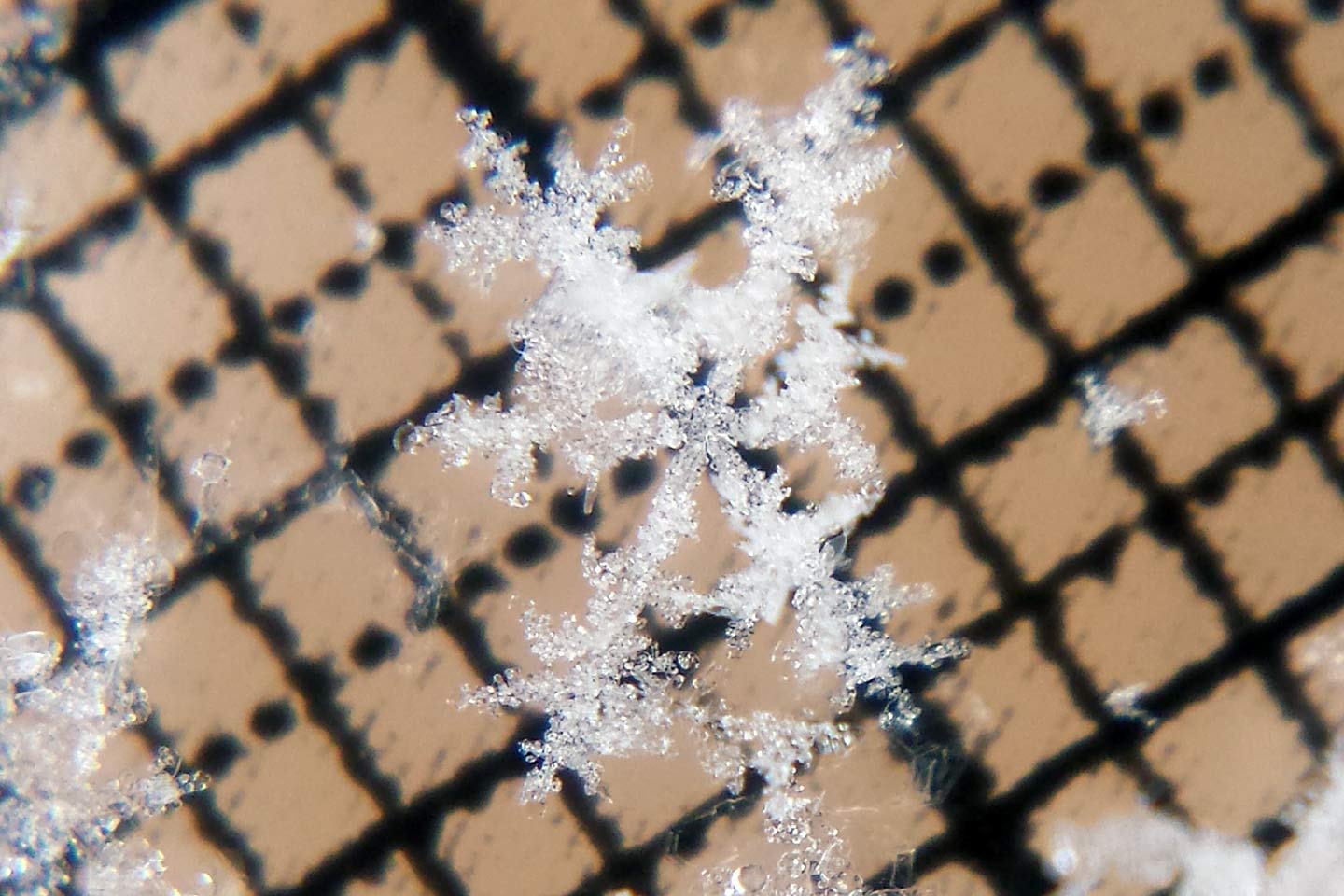
(Clarisa Diaz/WNYC)
This snowflake is partially melted.
A water droplet freezes around a dust particle.
Next, a six-sided plate, reflecting the internal symmetrical structure of a water molecule, forms.
As the snowflake moves through layers of the atmosphere, its shape is defined by a combination of temperature and humidity.
Provided there is enough moisture and cold air, this stellar shape snowflake will continue to crystallize as it gets closer to the ground.

(Clarisa Diaz/WNYC)
The rounded edges seen in these snowflakes occurred when they partially melted after descending through pockets of warmer air.
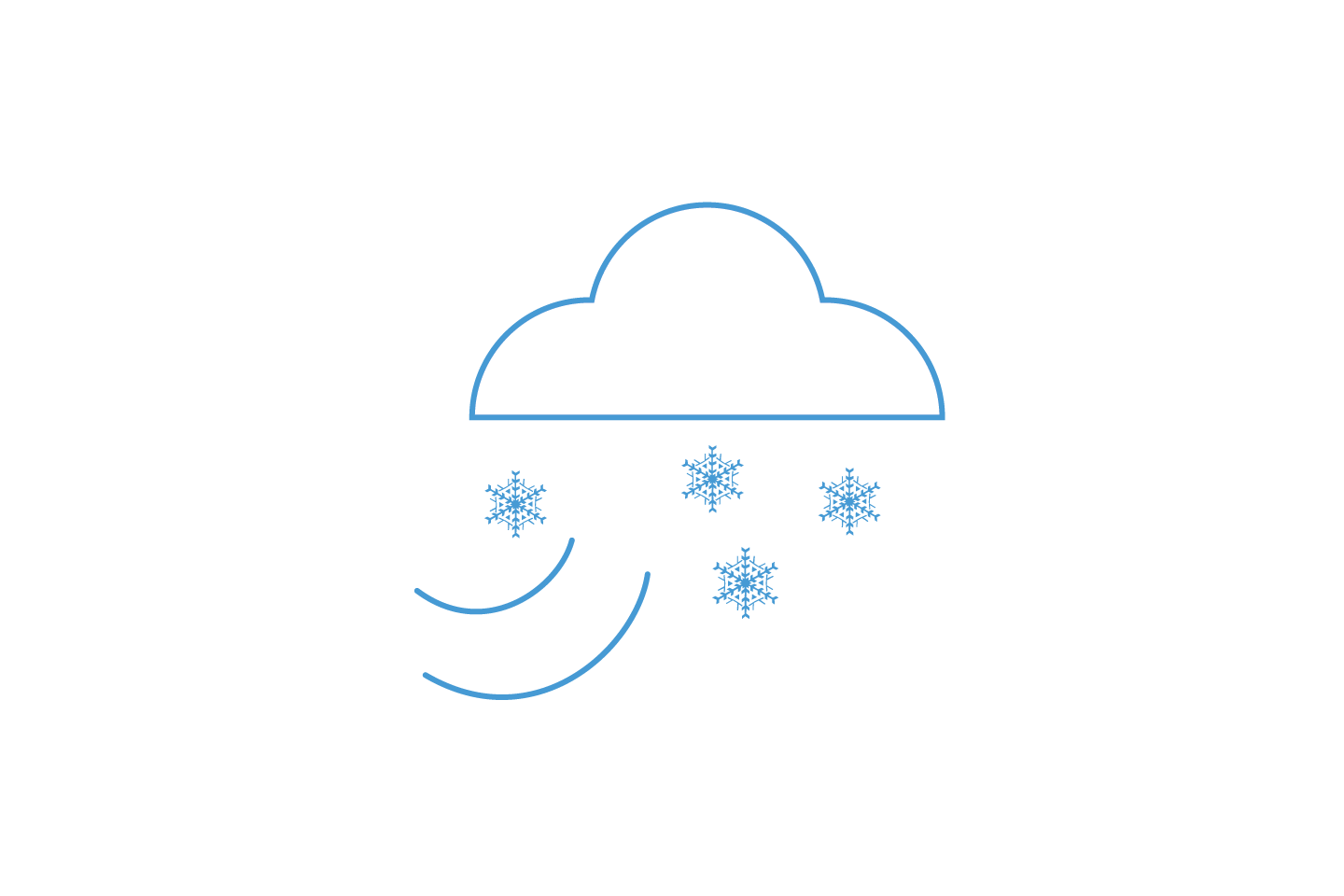
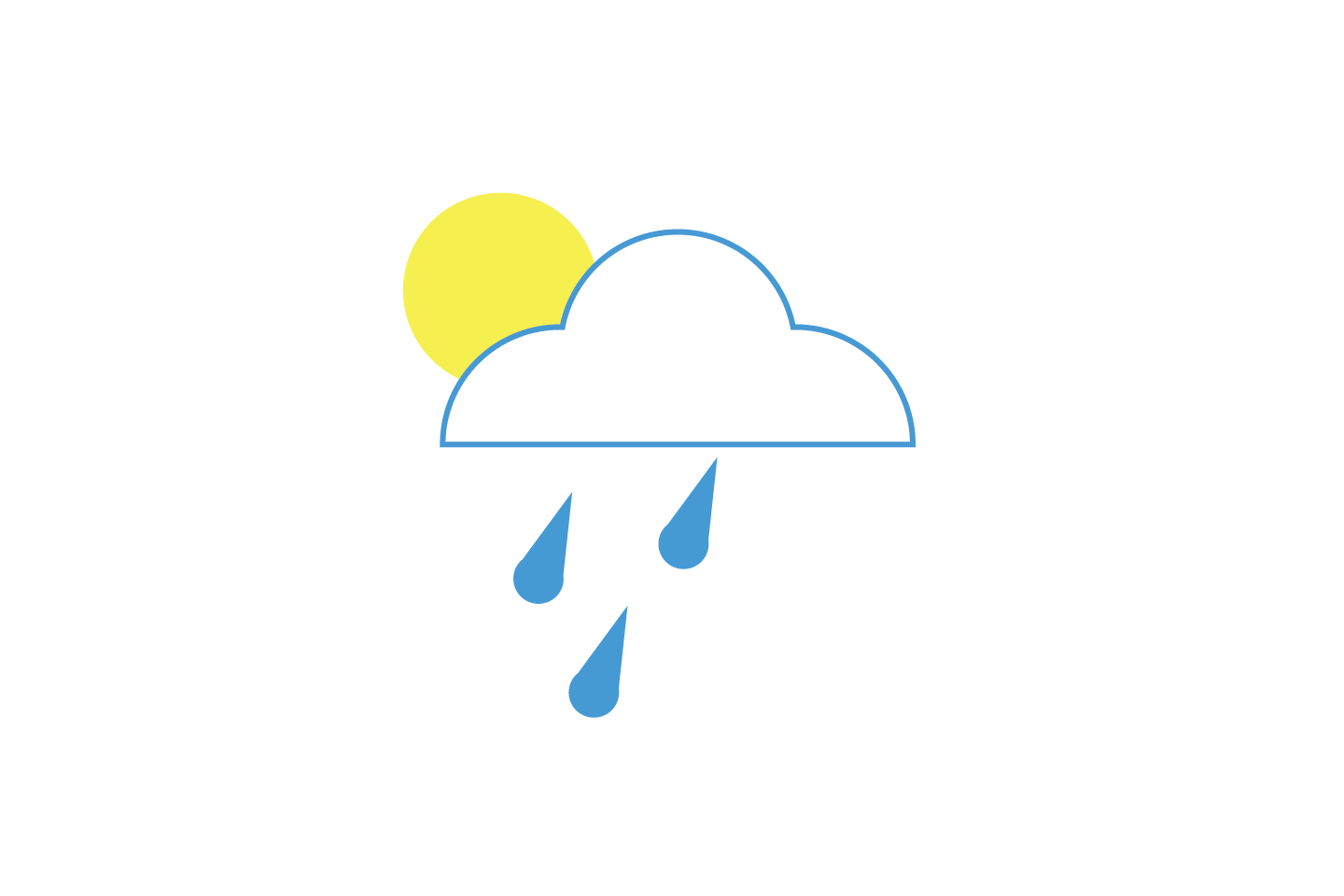

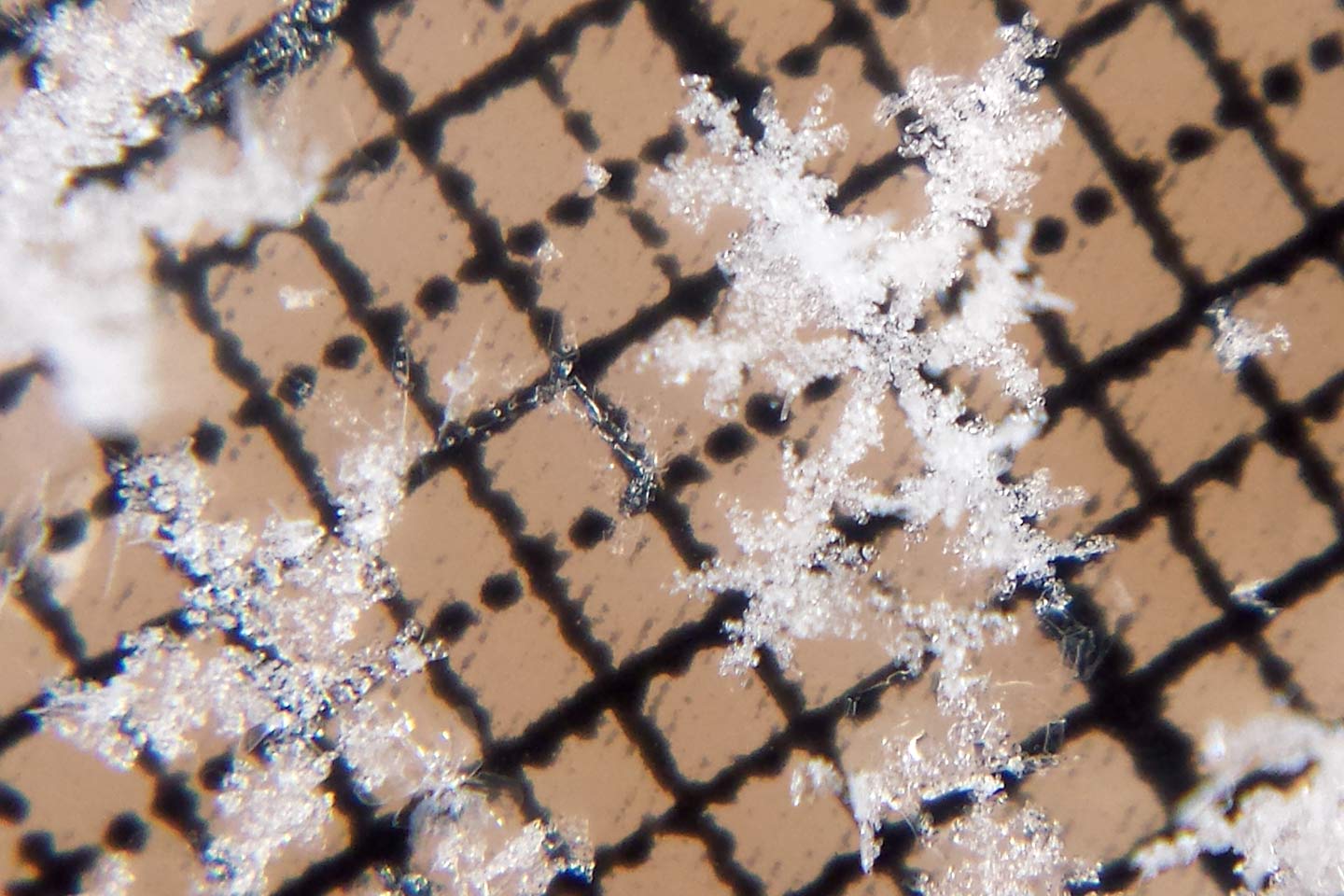
(Clarisa Diaz/WNYC)
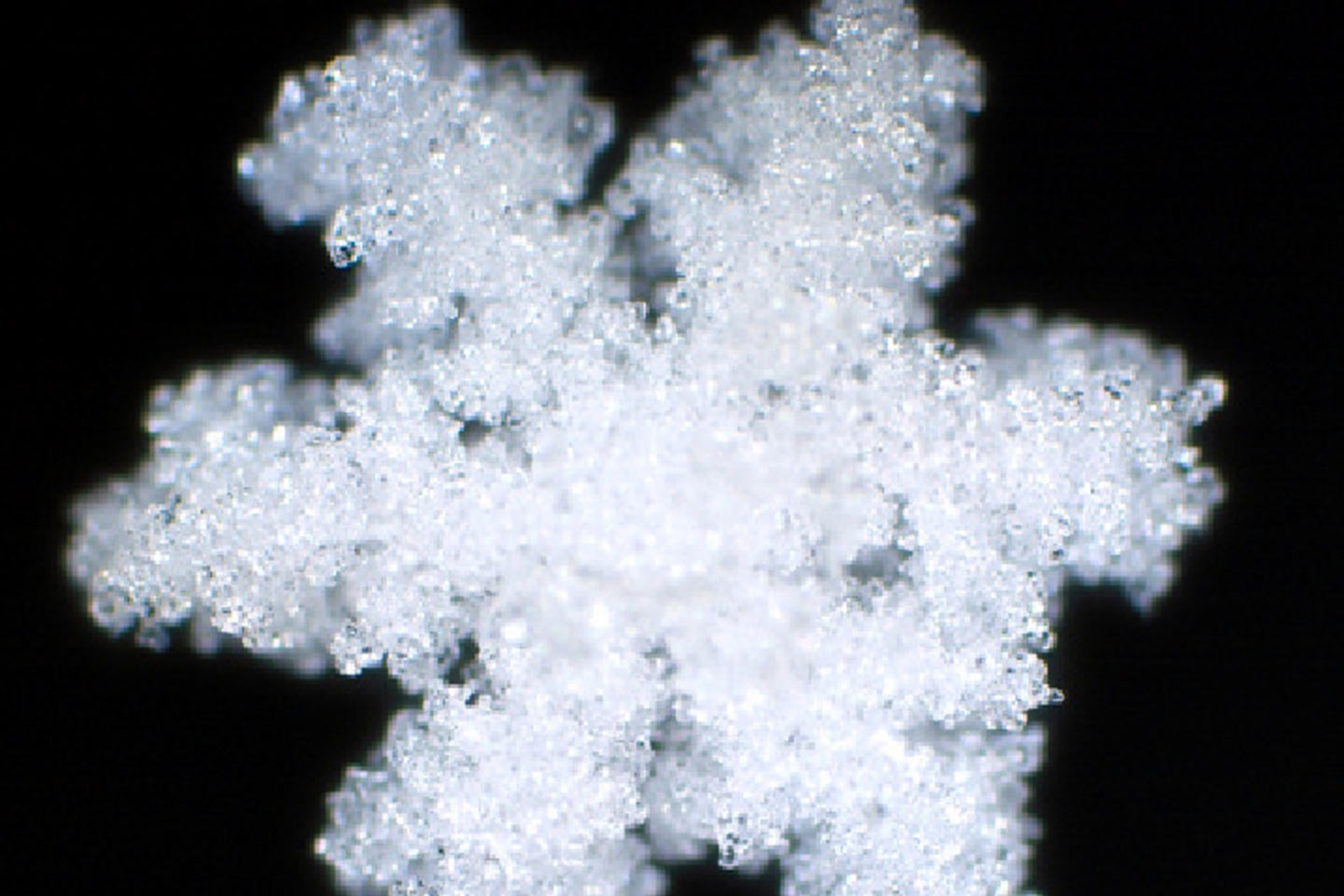
(Courtesy Kenneth Libbrecht of snowcrystals.com)
Soft hail is formed by more extreme blobs of rime known as graupel.

(Clarisa Diaz/WNYC)
These snowflakes have melted and stuck to each other, forming clumps.
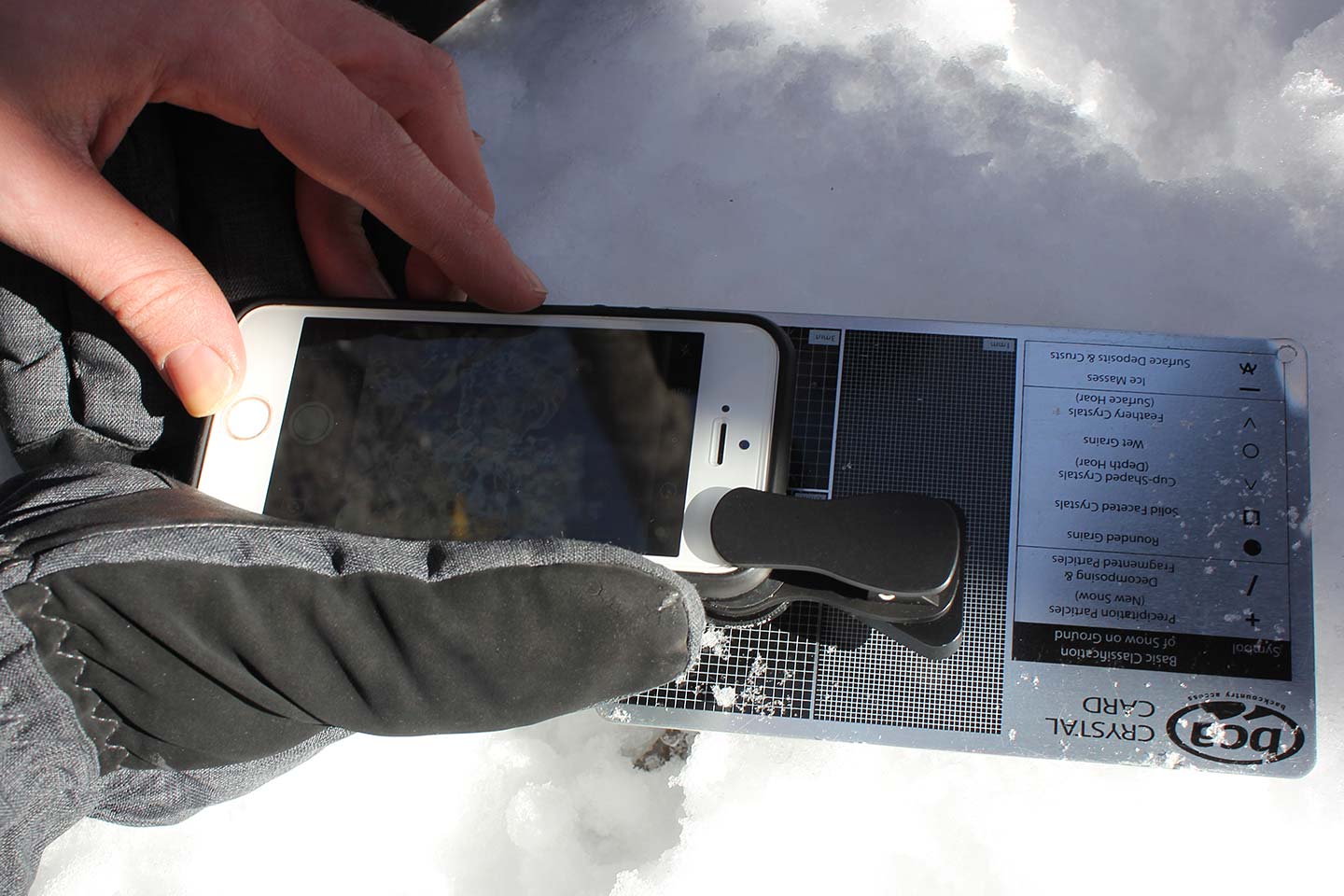
(Clarisa Diaz/WNYC)
A microscope attached to a smartphone phone makes detailed photos of snow crystals.

(Clarisa Diaz/WNYC)
A researcher demonstrates how to use a snow card.
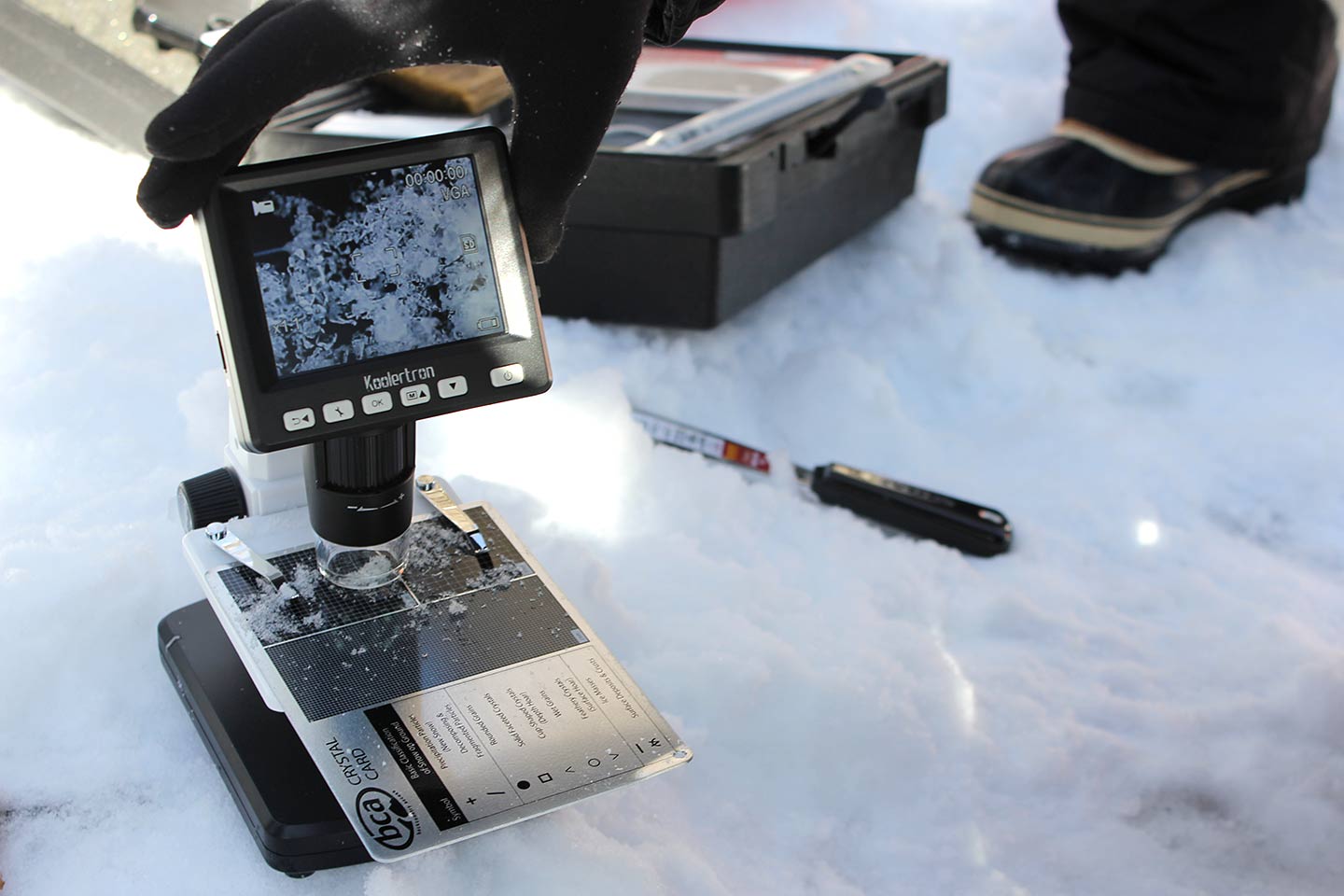
(Clarisa Diaz/WNYC)
Snow crystals viewed through a Koolertron microscope.
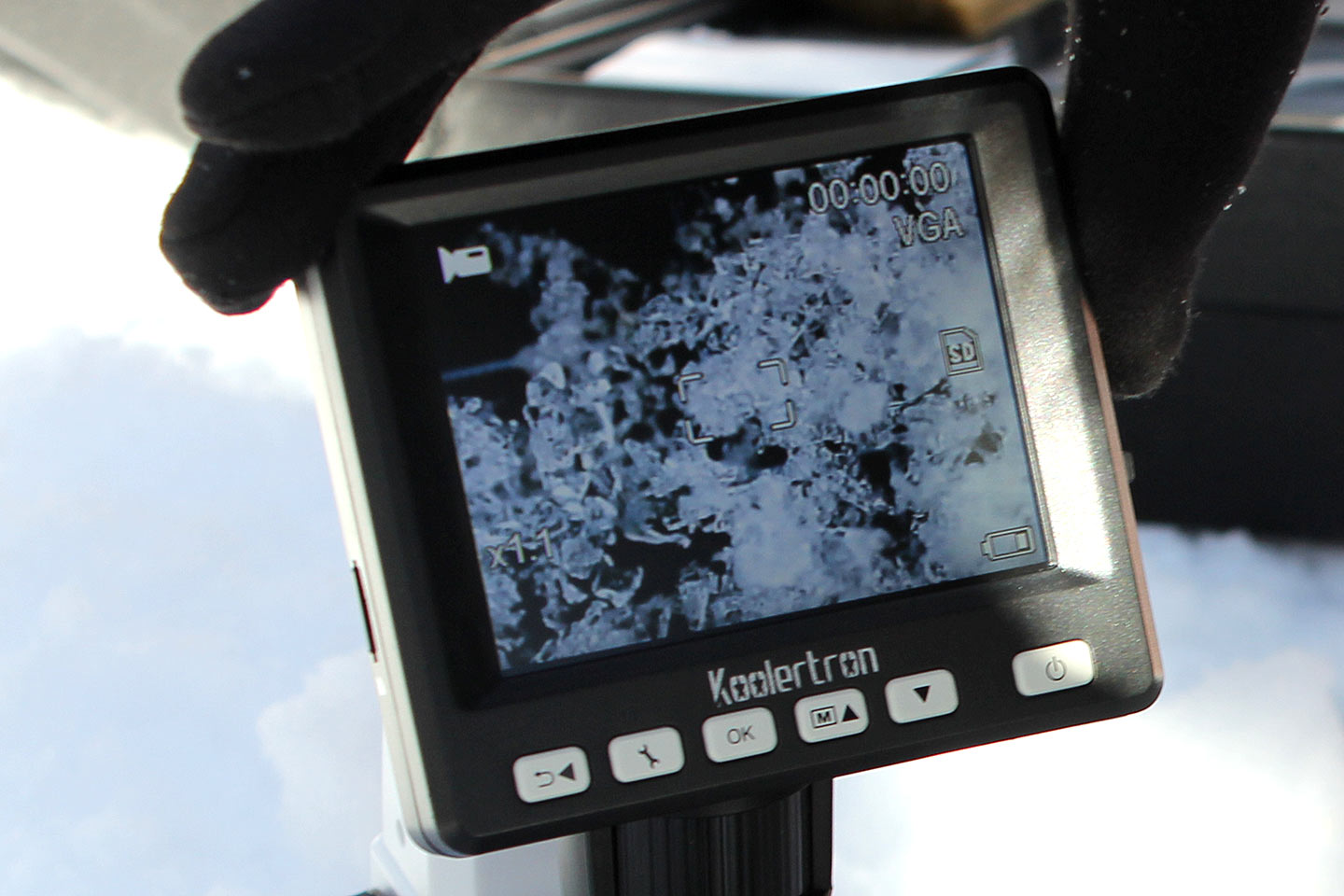
(Clarisa Diaz/WNYC)
A researcher captures snowflakes melting.
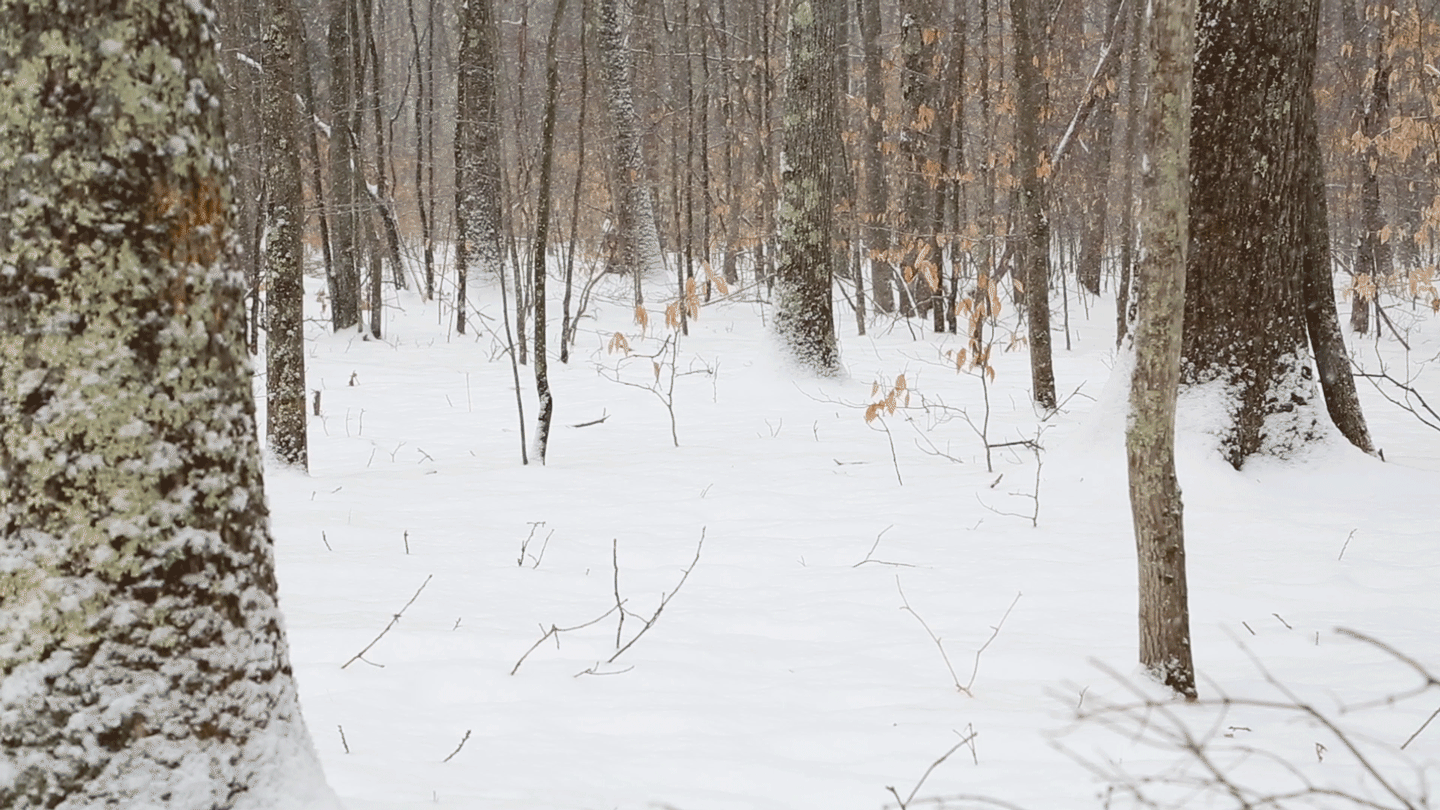
(Jennifer Hsu/WNYC)
Snow in the Catskills.
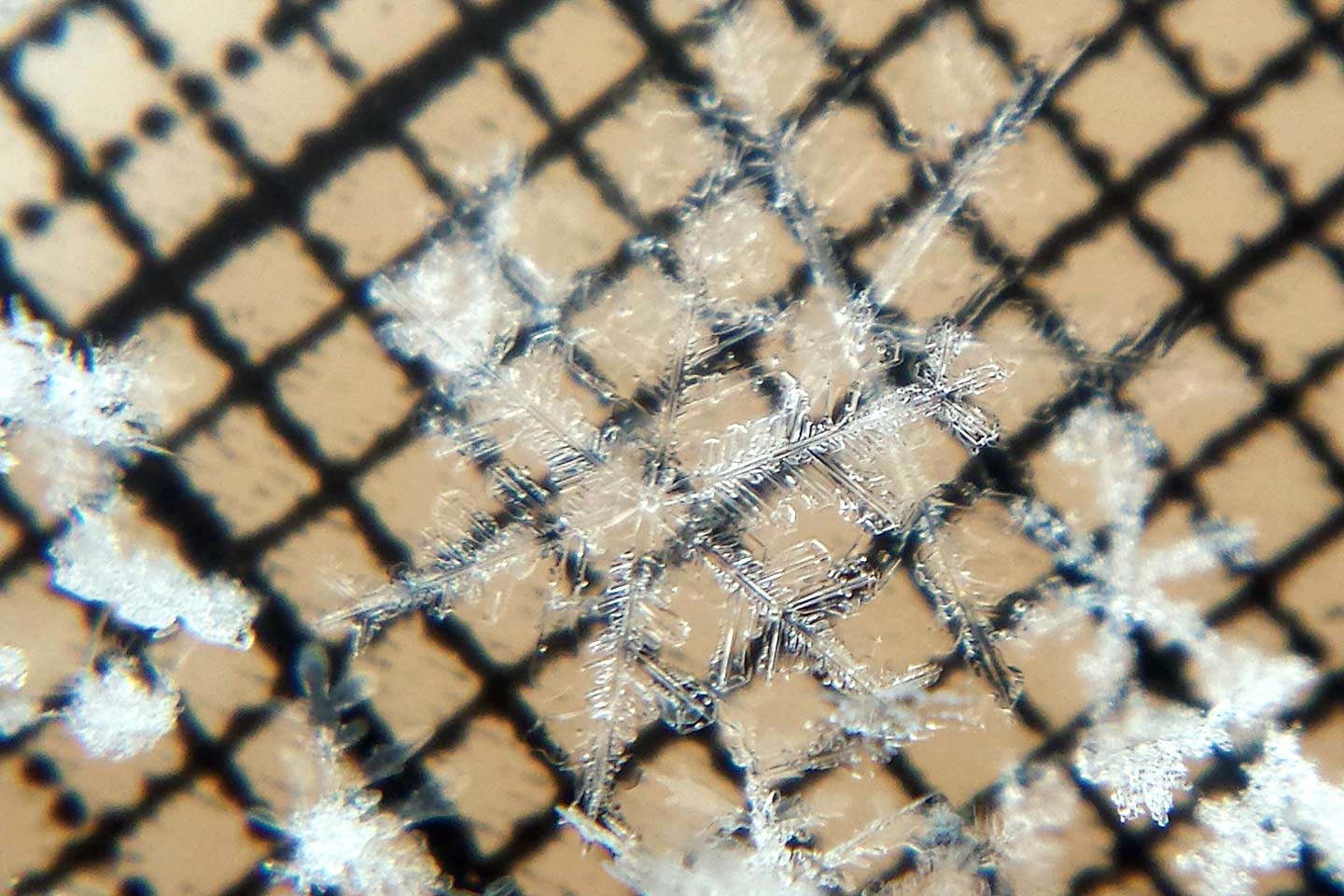
(Clarisa Diaz/WNYC)
A well-preserved stellar fern-branched snowflake.
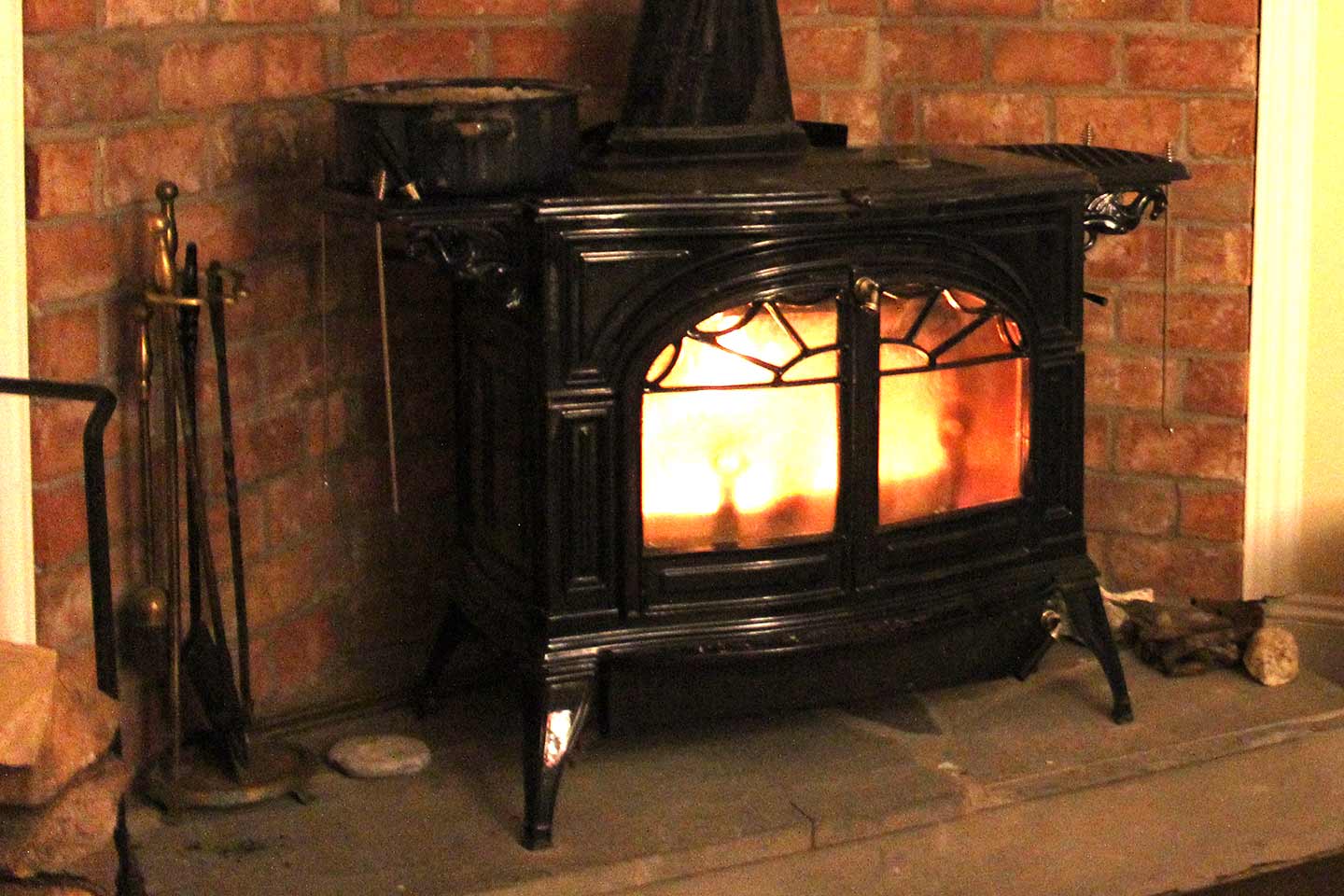
(Clarisa Diaz/WNYC)
The team stayed in a house near Phoenicia, which was only 700 meters from the snow expedition location.

(Clarisa Diaz/WNYC)
Shoveling through the snow reveals a very shallow snowpack.
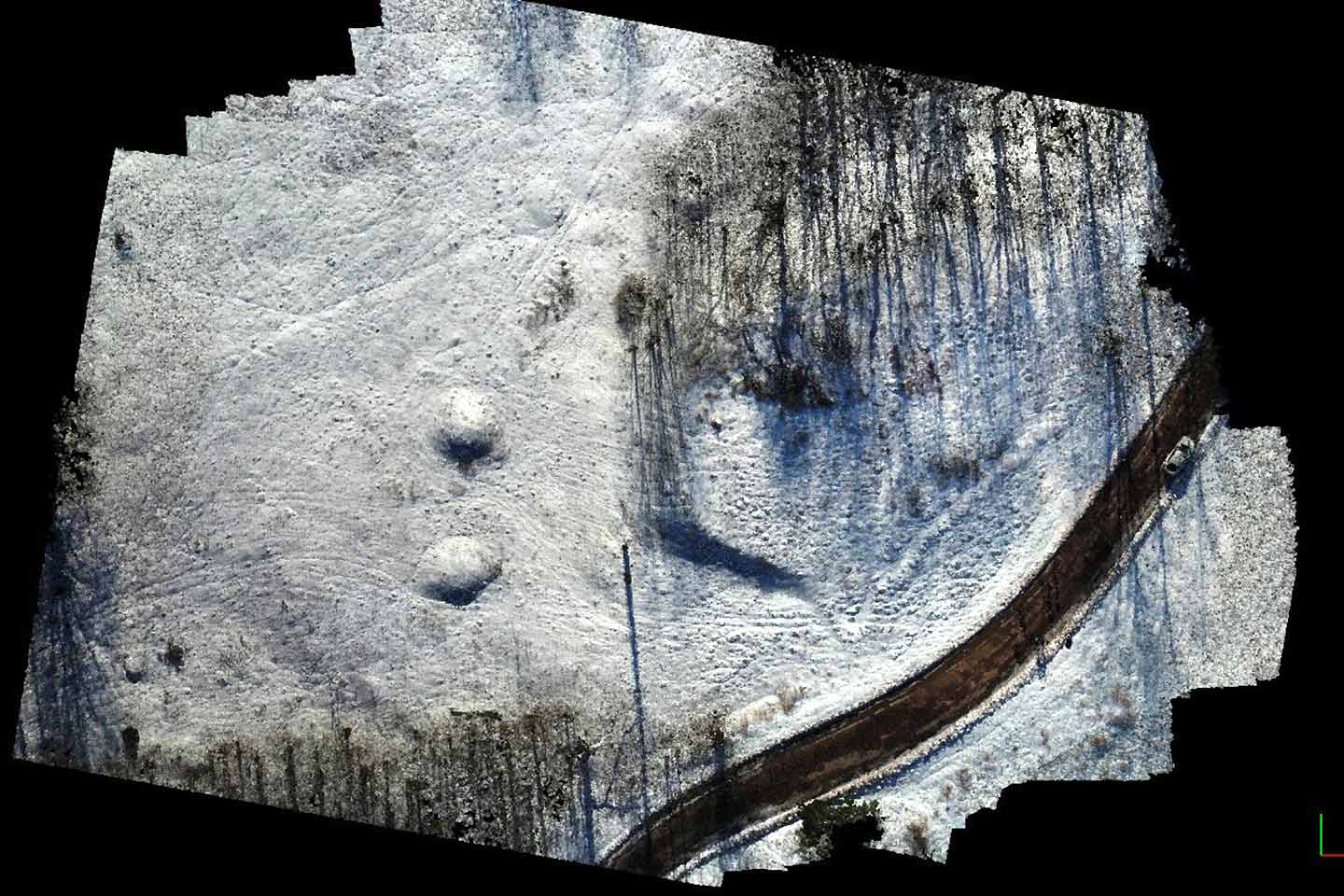
(McKenzie Skiles, University of Utah / X-Snow 2018 Team)
Drone imagery from the X-Snow Expedition captures the reflectivity of the snow.
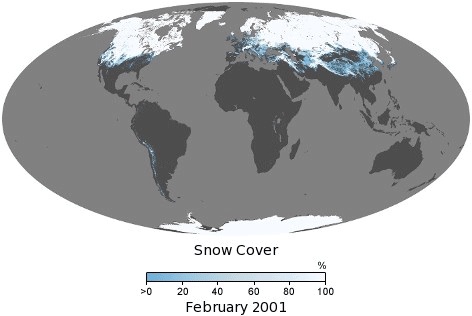
(NASA Earth Observatory)
The Northern Hemisphere has lost one million square miles of spring snow cover since 1967, according to NASA.
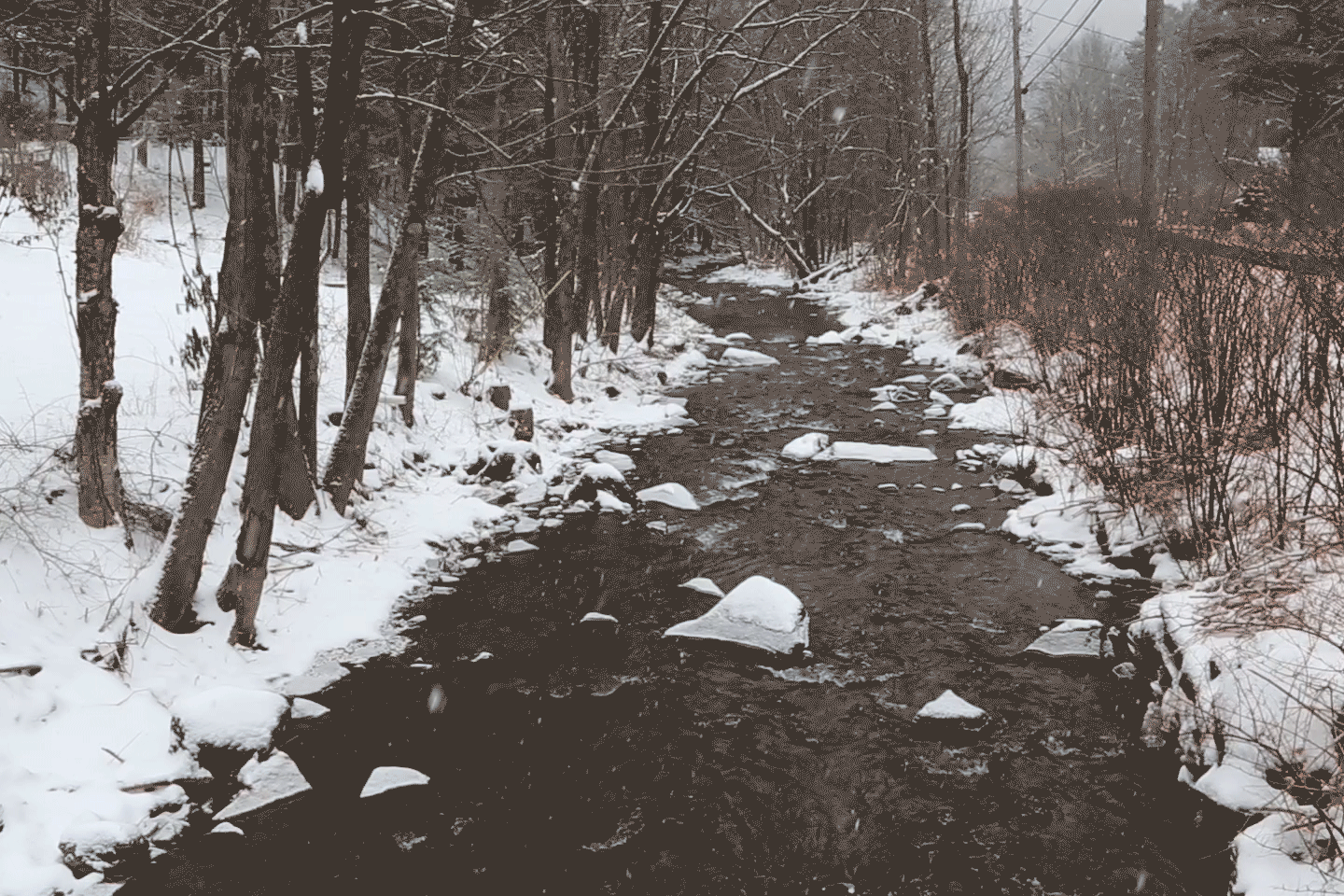
(Jennifer Hsu/WNYC)
)
Esopus Creek, near the snow expedition site, leads to the Ashokan Reservoir that feeds the Hudson River.

(Clarisa Diaz/WNYC, Source: nyc.gov/dep)
New York City's Water Supply System.

(Clarisa Diaz/WNYC)
The X-Snow prototype snow kit. To download the snow kit instructions, click here.
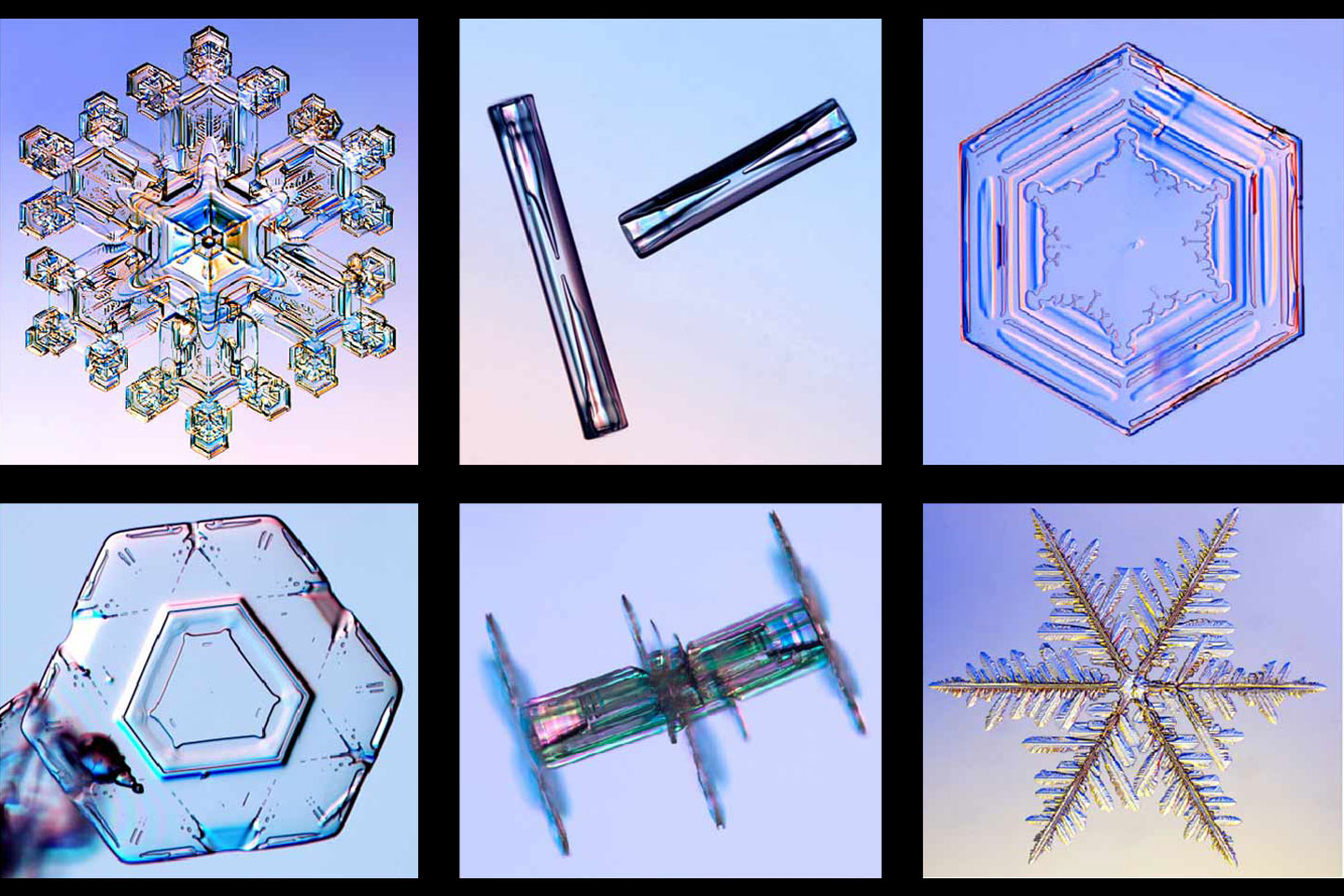
(Courtesy Kenneth Libbrecht of snowcrystals.com)
Snowflakes form in six basic shapes. Clockwise from the top right: stellar, column, plate, fern, capped column and triangular.

